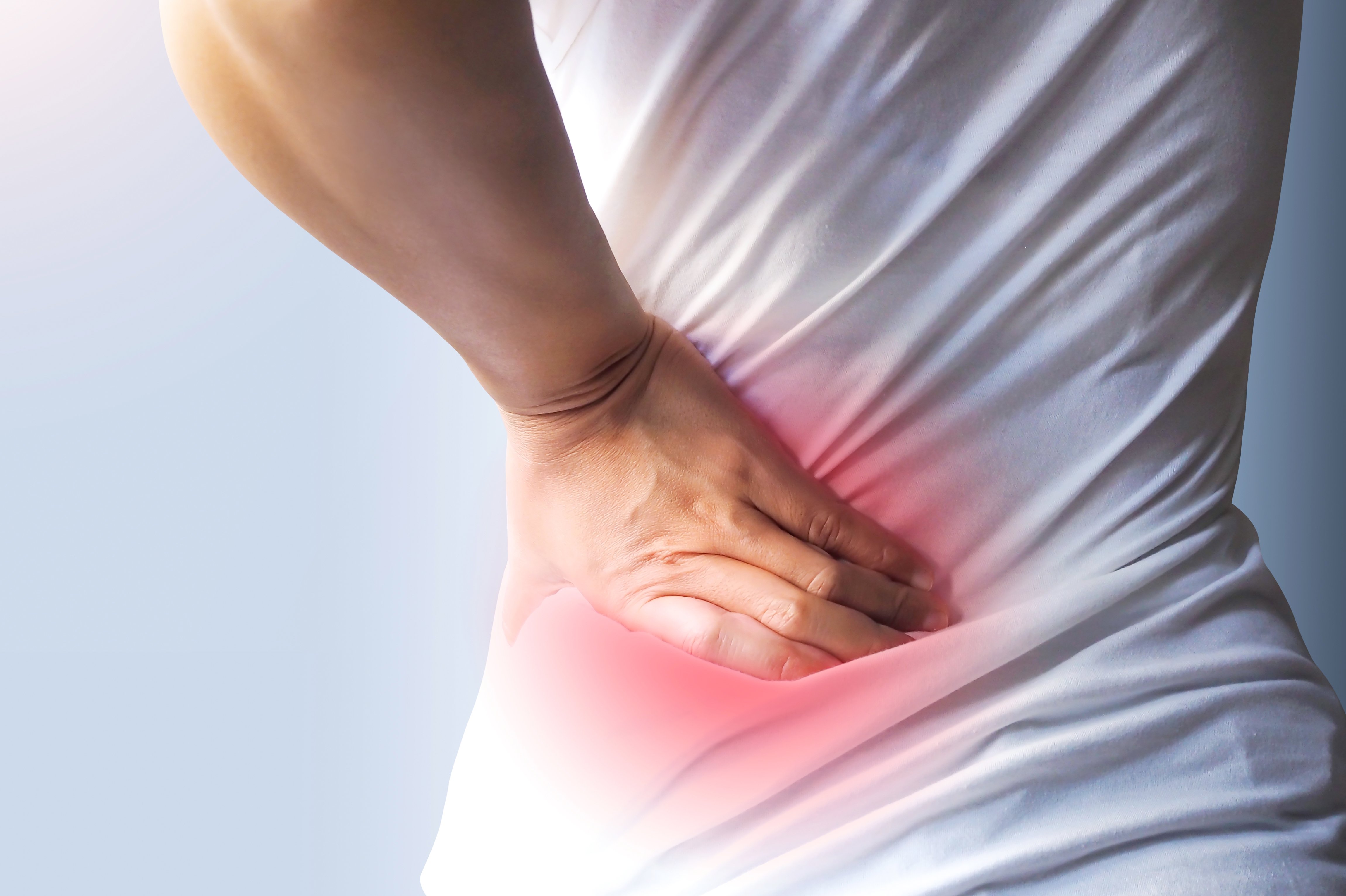
(Vienna, 15-03-2023) Back pain is a widespread disease: it affects almost two million people in Austria. To mark the Healthy Back Day on 15 March 2023, MedUni Vienna and University Hospital Vienna will be reporting on ways of treating and preventing back pain. The two institutions are also launching the "Back Health 24/7/365" initiative with the aim of reducing the burden on healthcare workers and keeping them healthy.
In Austria, almost two million people are affected by back pain - women more often than men. Age also plays a role: the older a person, the more frequent are the complaints. Every fifth person in the under-60 age group is affected, and more than every third person in the over-60 age group. "If diagnosis and therapy were carried out across the board and in accordance with guidelines, a large proportion of healthcare costs could be saved by avoiding chronic pain," says Richard Crevenna, Head of the Department of Physical Medicine, Rehabilitation and Occupational Medicine at MedUni Vienna and University Hospital Vienna.
Lower back pain is generally non-threatening and does not require any specific therapy, unless there are tangible organic causes, such as a slipped disc, a fracture, severe osteoporosis, tumour metastases or certain infectious diseases. However, more than 80 percent are "unspecific" or "non-specified" back pain, where a dangerous triggering cause is not primarily identifiable. "In these cases, doctors should not "over-treat". Sick leave is also not advisable; those affected should not be forced into counterproductive inactivity by bed rest. Instead, conventional, conservative measures should be used. Patients should be informed that the pain is not dangerous and that exercise in fact improves the pain situation," says Richard Crevenna.
The measures for the treatment of back pain include information on medicinal pain therapy as well as movement and training therapy, but also heat applications, which usually lead to success within six weeks. If there is no improvement after this time, a specialist diagnosis is recommended. “Interdisciplinary pain medicine" considers the chronification of back pain as a consequence of biopsychosocial factors. It considers the comprehensive treatment of these patients. This includes fitness improvement, exercise capacity, coordination and body awareness as well as better control of exercise limits. Psychotherapeutic interventions aim to reduce emotional impairment. "All methods that do not correspond to the state-of-the-art medicine taught at universities are not recommended," says Crevenna.
“Healthy back” campaign 24/7/365“
MedUni Vienna and the University Hospital Vienna are launching the "Back Health 24/7/365" project. The initiative includes targeted training measures during working hours that address the physical and mental stresses of the occupational groups. Employees learn how they can actively contribute to their back health.
Book tip:
Richard Crevenna: „Rückenschmerzen – vorbeugen und aktiv behandeln“
(Back pain – prevention and active treatment)
Reihe Gesundheit.Wissen; MedUni Wien im MANZ Verlag
ISBN 978-3-214-02529-8, 208 Seiten, 23,90 Euro
Online orders at shop.manz.at